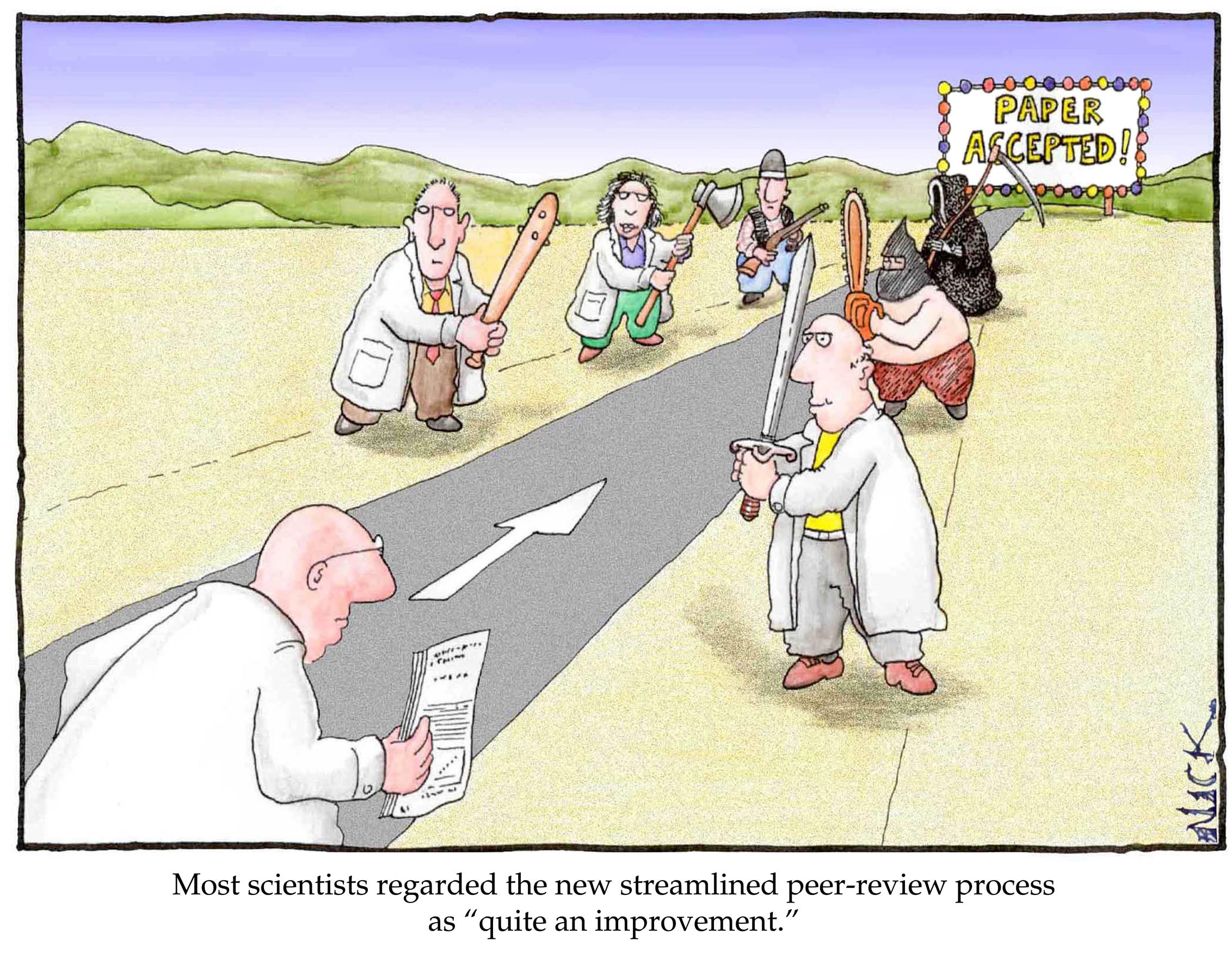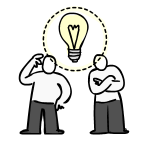This morning, as I struggled to drag my mind out of a mire of missing my mother and regretting my own misfires in the classroom, I watched two videos by Davidson college alums that snapped me out of my solipsism and reminded me what poetry can do to change our perspectives and broaden our minds. (Go English majors!)
Clint Smith (’10) is a poet and teacher who uses poetry to change the narratives we tell about kids and poverty in inner city public schools. Watch his TED-X talk and celebrate resilience:
It’s a little early in the season for Will Reese’s Free Word poem, with icy rain falling from the sky, instead of the reign of the inchworms soon to befall us in North Carolina. But you won’t regret listening to Reese (’14), who steers this poem along funny, surprising twists and turns, moving you from laughter to outrage to introspection so fast you’re not sure what hit you. Was it an inchworm in your face, or a ear-worm in your mind that you can’t shake off?
W. H. Auden famously declared that “Poetry makes nothing happen.” Maybe he was mired in grief and hopelessness as he wrote his poem “In Memory of W. B. Yeats.” Or maybe he was hinting that poetry turns nothing into something—into a “way of happening, a mouth.” Admittedly, it takes an act of conscious will to turn a baldly cynical statement like “poetry makes nothing happen” into a hint of hope. And yet, for all his cynicism, Auden concludes his poem with a resounding prayer to the poet:
Follow, poet, follow right To the bottom of the night, With your unconstraining voice Still persuade us to rejoice; With the farming of a verse Make a vineyard of the curse, Sing of human unsuccess In a rapture of distress; In the deserts of the heart Let the healing fountain start, In the prison of his days Teach the free man how to praise.
In the call to “Follow, poet,” you can almost hear an echo of a spoken word audience member, snapping fingers and saying, “Go, poet!” Auden cannot suppress his appetite for poetry, despite its apparent uselessness, nor can he suppress his own power to write poetry that can make something happen. In this case, the trochaic tetrameter and ingenious rhymes prod the grieving “heart” to “start” and convert sorrow-bound “days” to “praise.” And in doing so, the poem lets the healing begin.












